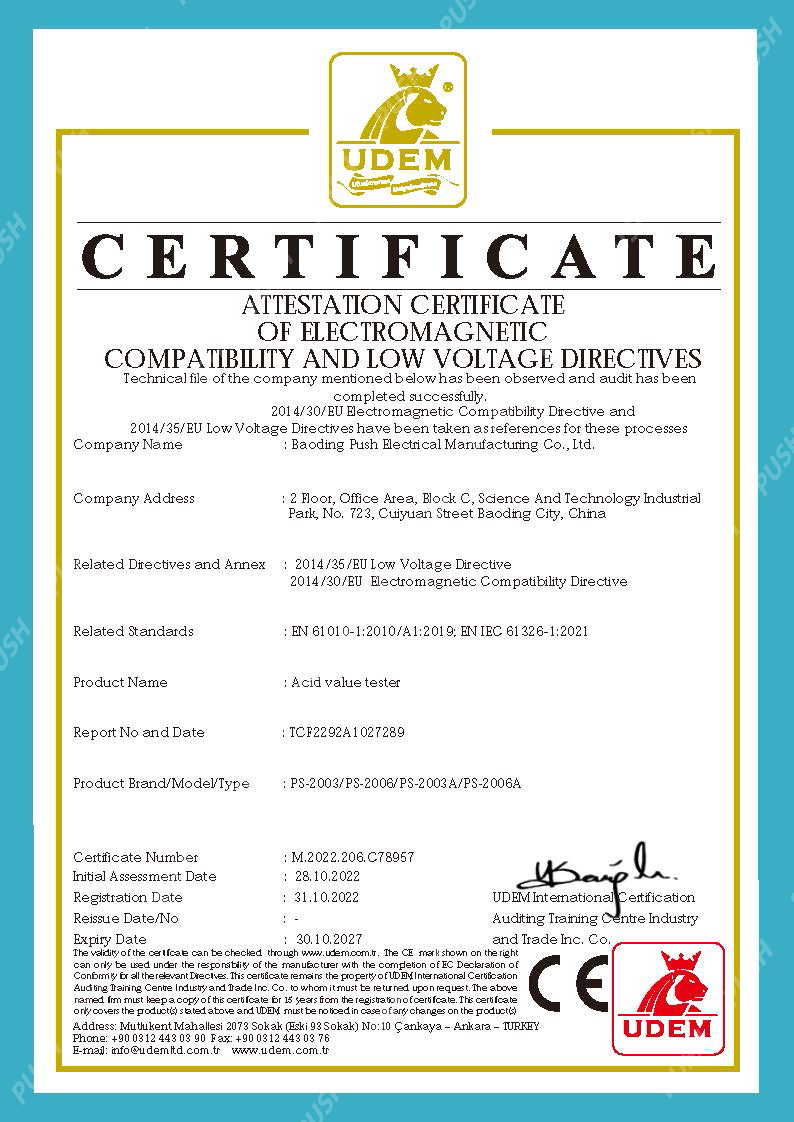 English
English


Evaluating the Insulation Resistance Levels of Transformers for Enhanced Electrical Safety and Performance
Measurement of Insulation Resistance of Transformers
Transformers play a crucial role in electrical power systems by stepping up or stepping down voltage levels to ensure efficient power transmission and distribution. One critical aspect of transformer maintenance and safety is the measurement of insulation resistance. Insulation resistance is a key indicator of the health of the transformer’s insulation system, which prevents electrical faults and ensures reliable operation.
Understanding Insulation Resistance
Insulation resistance refers to the resistance offered by the insulating materials against the flow of electrical current. It is measured in ohms and indicates how well the insulation can withstand electrical stress. High insulation resistance values are essential for protecting the transformer winding and core from electrical breakdown, moisture ingress, and contaminant accumulation, all of which can lead to significant operational failures and safety hazards.
Importance of Insulation Resistance Measurement
Measuring the insulation resistance of transformers helps in identifying potential electrical failures before they occur. Poor insulation can lead to partial discharge, which not only degrades the insulation further but can also result in catastrophic failures if left unchecked. Regular insulation resistance testing is an integral part of a preventive maintenance program and is typically performed during routine inspections, after repairs or insulation work, and before commissioning new or overhauled transformers.
Testing Methods
The most common method for measuring insulation resistance in transformers is the Megger test, which employs a megohmmeter. This device generates a high DC voltage, usually between 250V and 5,000V, depending on the transformer’s voltage rating. The key steps in performing this test include
measurement of insulation resistance of transformer

1. Preparation Before testing, ensure that the transformer is de-energized and all circuits are disconnected. Safety precautions must be taken to avoid electric shock or interference from nearby energized equipment.
2. Connection Connect the megohmmeter's leads to the winding and ground. For a three-phase transformer, each winding should be tested individually, and the insulation between each phase and ground should also be assessed.
3. Testing Activate the megohmmeter to apply the test voltage. Allow the voltage to stabilize, and typically measure the insulation resistance for at least one minute to obtain a reliable reading.
4. Documentation Record the readings, and compare them to previous measurements and manufacturer standards. A significant drop in resistance values can indicate deterioration of the insulation.
Interpreting Results
Results from insulation resistance tests should be interpreted carefully. A resistance value above 1 MΩ is generally considered acceptable for most transformers; however, this threshold can vary based on the specific application and the manufacturer's recommendations. A rapid decrease in insulation resistance over time signals a need for further investigation, as it may indicate potential failure points.
Conclusion
In summary, the measurement of insulation resistance in transformers is a vital practice to maintain the integrity and reliability of electrical power systems. Regular testing helps in identifying insulation degradation early, allowing for timely intervention and minimizing unplanned outages. As electrical systems become increasingly complex and critical to modern infrastructure, understanding and implementing effective insulation resistance measurement techniques is essential for ensuring the safe operation of transformers.
-
Differences between open cup flash point tester and closed cup flash point testerNewsOct.31,2024
-
The Reliable Load Tap ChangerNewsOct.23,2024
-
The Essential Guide to Hipot TestersNewsOct.23,2024
-
The Digital Insulation TesterNewsOct.23,2024
-
The Best Earth Loop Impedance Tester for SaleNewsOct.23,2024
-
Tan Delta Tester--The Essential Tool for Electrical Insulation TestingNewsOct.23,2024





